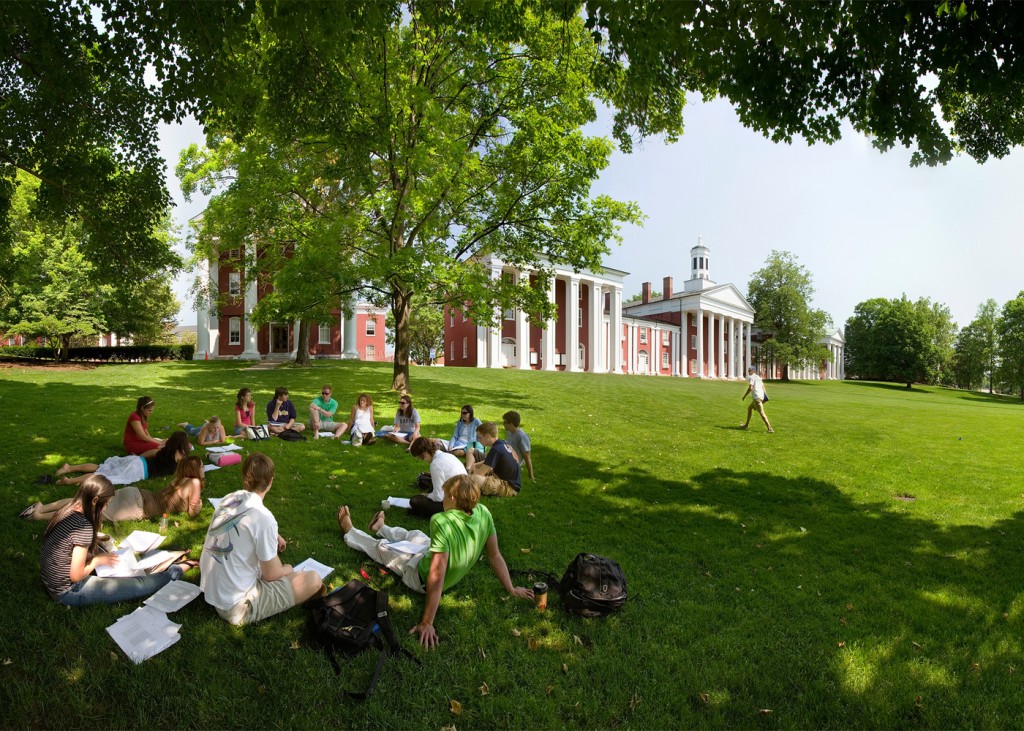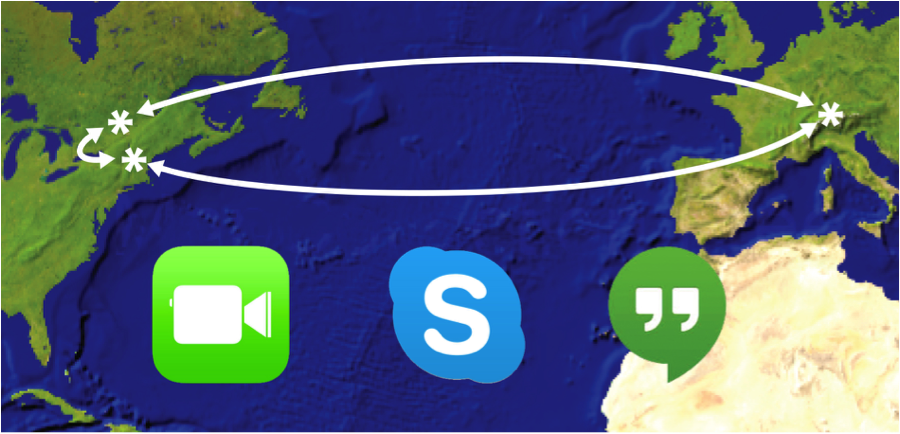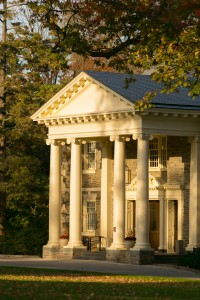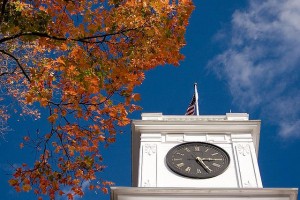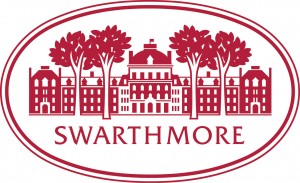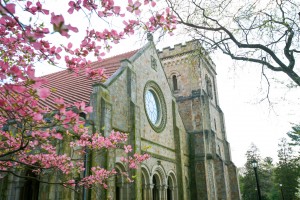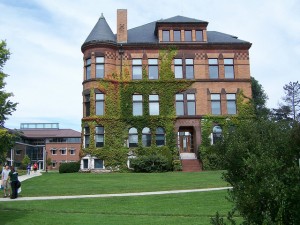In this clip, Ben Ho, Associate Professor of Economics at Vassar College, shares his thoughts on economic motivations, learning theory and the use of games to teach economics as part of a liberal arts curriculum. Prof. Ho is a behavioral economist who uses economic tools like game theory and experiments to understand social systems such as apologies, identity signaling, and climate concerns. This talk was part of a series of conversations on innovative use of digital and online approaches for teaching and learning at the 2014 consortium-wide workshop held at Pomona College.
Prof. Ben Ho discusses games for teaching economics
Ho sees students responding very positively to the use of games for class, and this is reflected in their learning. He says:
I have always considered classroom games an essential part of my pedagogy. It gives students a way to fully engage in strategic thinking. Games like MobLab greatly simplify the task of implementing games in class, its highly polished presentation impresses students, and has been the most positively commented upon change to my teaching, with lots of unsolicited positive feedback both after class and in course evaluations.
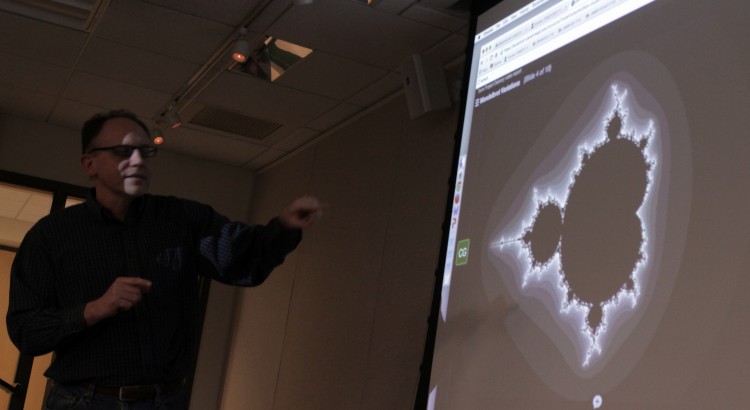
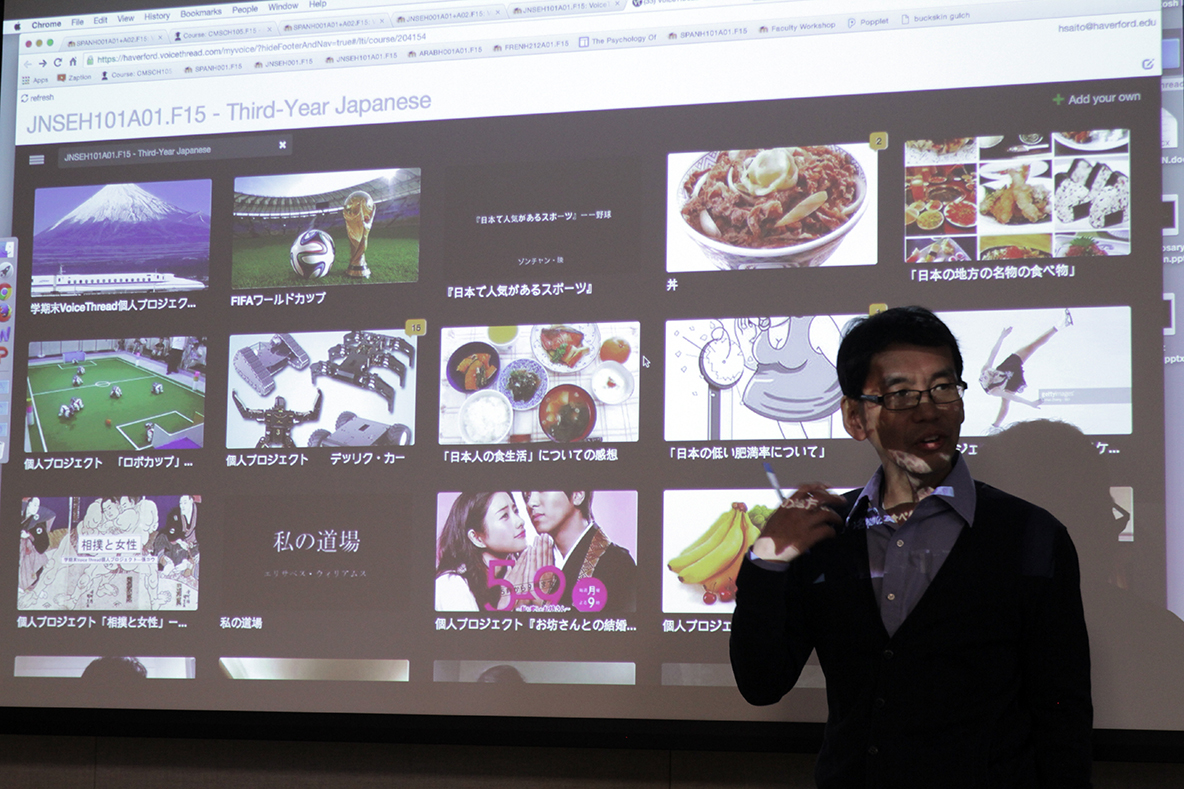
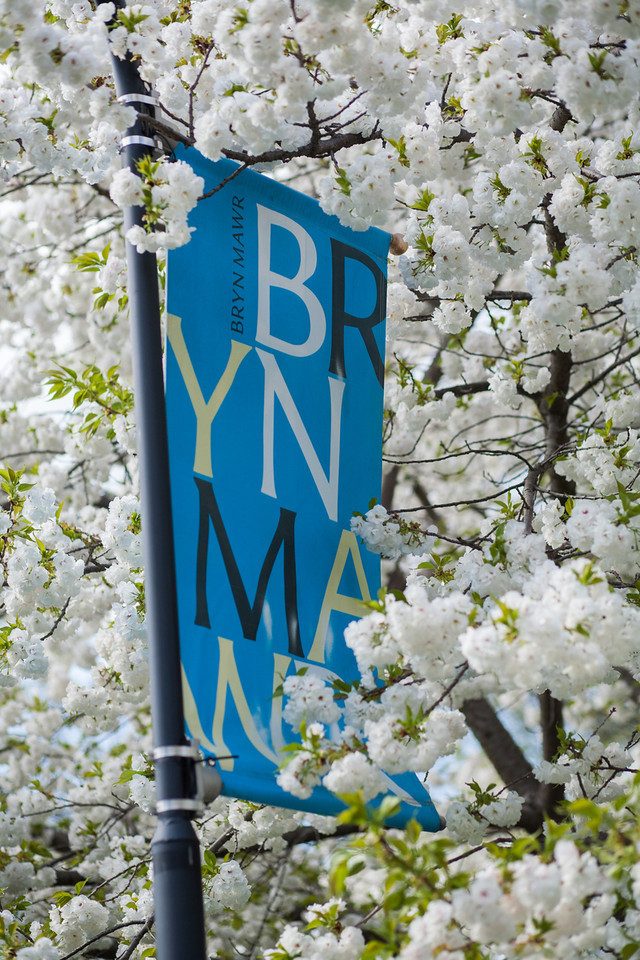 The mission of Bryn Mawr College
The mission of Bryn Mawr College